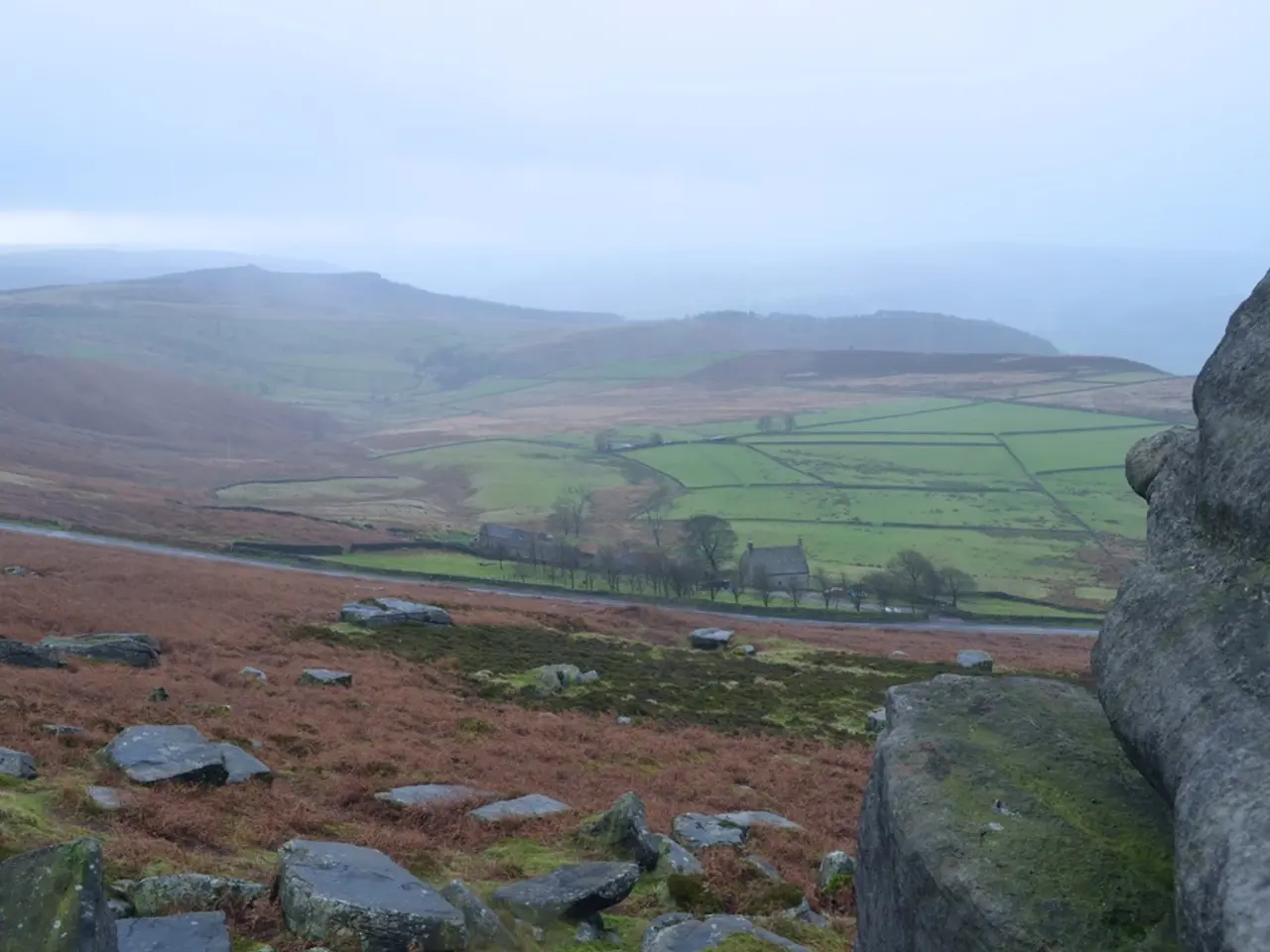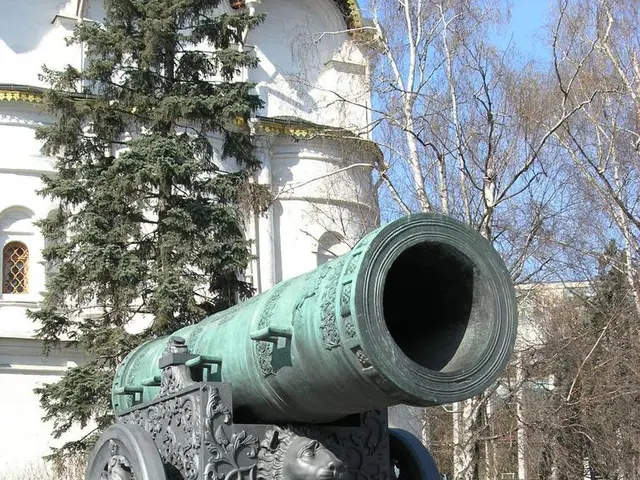Ten Engrossing Details About Petra's Al-Khazneh - The Treasury:
Experience the marvel of Petra's ancient Al-Khazneh, famously called The Treasury, a captivating symbol of Jordan's rich history and a UNESCO World Heritage site. Centered in the archaeological city of Petra, this breathtaking monument continues to enchant visitors. Join us as we unveil ten intriguing facts about Al-Khazneh, exploring its history, mysteries, and significance.
Origins of the Name "The Treasury"
The name "The Treasury" is believed to have originated from local Bedouins, who thought that an ancient Egyptian Pharaoh hid his treasure within the urn atop the facade. However, no treasure has ever been found in these hallowed halls, leaving the actual purpose of Al-Khazneh a mystery to this day.
Al-Khazneh: An Architectural Marvel
Standing over 130 feet tall, Al-Khazneh showcases impressive Nabatean architecture, featuring intricate carvings and design elements. The facade is carved directly into the pink sandstone cliffs, blending Hellenistic and Mesopotamian architectural styles. The detailed carvings on the facade depict figures, ornamental friezes, and mythological creatures, showcasing the remarkable craftsmanship of the Nabateans.
The Nabatean Civilization
The Nabateans were an ancient Arab civilization that flourished from the 4th century BCE to the 1st century AD. Known for their expertise in water management, trade, and architecture, Petra, their capital city, served as a major trade hub connecting Arabia, Egypt, and the Mediterranean world. The Nabateans' ability to control water resources allowed them to create a thriving city in the desert [1].
The Purpose of Al-Khazneh
Debates still rage on about the actual purpose of Al-Khazneh. Some scholars believe it served as a temple, while others propose it was a tomb for an important Nabatean king. Recent studies have also pointed to the possibility that Al-Khazneh might have been a library or a repository for valuable documents [1][5]. As a result, the truth behind its purpose continues to elude archaeologists and historians.
The Siq: The Dramatic Entrance to Petra
The Siq, a narrow, winding gorge, leads to the entrance of Petra. This 1.2-kilometer-long natural passage is flanked by towering sandstone cliffs that reach up to 200 meters high. As visitors experience walking through the Siq, they are greeted with their first glimpse of Al-Khazneh, creating an unforgettable and dramatic encounter.
Al-Khazneh and the Petra Archaeological Park
The Petra Archaeological Park encompasses more than 100 square kilometers and includes numerous other archaeological sites aside from Al-Khazneh— The Monastery, The Great Temple, The Royal Tombs, and The Street of Facades. Each of these sites offers unique insights into the history and culture of the Nabatean civilization.
Al-Khazneh Facts: The Threat of Erosion and Preservation Efforts
Al-Khazneh and other monuments in Petra face the constant threat of erosion from wind, water, and human interaction. Preservation efforts by the Petra National Trust and other organizations aim to protect these invaluable cultural treasures for future generations. These efforts include regular maintenance, monitoring of structural integrity, and raising awareness about responsible tourism [3].
Al-Khazneh's Appearance in Popular Culture
Al-Khazneh has become a popular symbol of Petra and has been featured in several movies and television shows. Most notably, it served as the backdrop for the climactic scene in the 1989 film "Indiana Jones and the Last Crusade." Its appearance in popular culture has contributed to the site's global recognition and increased tourism [2].
The Nabatean Water Management System
A key factor contributing to the success of the Nabatean civilization was their advanced water management system. Petra's inhabitants developed an extensive network of dams, canals, and reservoirs to collect and store water from seasonal flash floods. This allowed them to maintain a reliable water supply in the arid desert environment, supporting agriculture and urban life [1][4].
The Bedouin People and Petra
For centuries, the Bedouin people have lived in and around Petra. Today, many Bedouins continue to reside in the area and are deeply connected to the site's history and culture. The local Bedouin people contribute to Petra's tourism industry by offering guided tours, camel rides, and traditional handicrafts. Their presence helps preserve and share the rich heritage of Petra with visitors from around the world.
Embark on a journey of discovery with Al-Khazneh, an architectural masterpiece that continues to amaze and enchant visitors. With each new fact, our understanding of the Nabatean civilization and their incredible achievements deepens. Preserving this incredible site is crucial to preserving the legacy of the Nabateans for future generations.
Sources:
- [1] UNESCO World Heritage Centre. (n.d.). Petra. Retrieved from https://whc.unesco.org/en/list/326/
- [2] Taylor, J. (2018). Petra and the Lost Kingdom of the Nabateans. London: I.B. Tauris.
- [3] Petra National Trust. (n.d.). Petra National Trust. Retrieved from https://www.pnt.jo/
- [4] University of Pennsylvania Museum of Archaeology and Anthropology. (2020). Petra. Retrieved from https://www.upenn.edu/pennmuseum/near-eastern/collections/petra/
- [5] CNN Travel. (2020, January 2). Petra's 'Treasury' tomb may have been a library. Retrieved from https://edition.cnn.com/travel/article/petra-treasury-tomb-library/index.html
- Intriguingly, the home-and-garden aesthetics of Al-Khazneh, with its elaborate carvings and blending of architectural styles, have extended beyond the ancient world through its appearance in popular culture, such as the film 'Indiana Jones and the Last Crusade.'
- With Al-Khazneh located in the heart of the Petra home-and-garden, travelers seeking to explore the wonders of this UNESCO World Heritage site can appreciate the captivating symbol of the Nabatean civilization and experience the rich history and lifestyle still echoing from Petra's sands, as they journey through the Siq to discover more architectural marvels like the Treasury.




